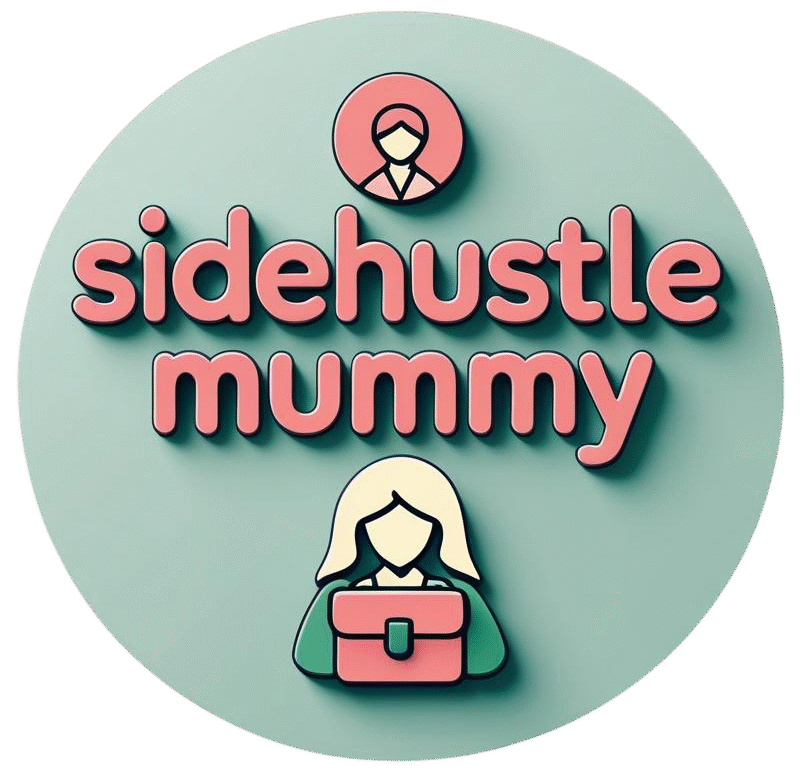This article was originally sourced from the document: Why No One Reads Your Blog (and How to Fix It).docx
Why No One Reads Your Blog (and How to Fix It)
Introduction
You’ve poured your heart into your blog. You’ve spent hours writing posts, selecting the perfect images, and even sharing them on social media. But the traffic? Crickets.
It’s discouraging when you check your stats and realize… no one’s reading.
The truth is, blogging isn’t just about writing—it’s about writing strategically. With millions of blogs competing for attention, even great content can get lost without the right tactics.
But here’s the good news: if no one is reading your blog, it’s not because you’re a bad writer. It’s because there are fixable gaps in your blogging strategy.
In this in-depth post, we’re going to explore:
The most common mistakes bloggers make
How to craft magnetic headlines
SEO strategies that actually work
Visual layout tips that keep readers scrolling
How to write calls to action (CTAs) that get clicks
If you’re ready to turn your blog into something people want to read (and share), this post is your starting point.
Common Mistakes That Kill Blog Traffic
Let’s start with the truth bomb: great content isn’t enough.
If your blog isn’t growing, it might be because of one (or more) of these avoidable mistakes:
1. You’re Writing Without a Clear Audience
Your blog should solve a problem for someone. If your posts are too broad or too personal, people won’t feel like it’s for them.
Fix it: Define your ideal reader (a.k.a. your niche). Are you writing for first-time moms? Busy freelancers? DIY lovers? The clearer your audience, the more your content will resonate.
💡 Tool Tip: Use Canva to create a simple audience persona template and visualize your ideal reader.
2. Your Headlines Are… Meh
Even if your content is gold, a bland headline can tank your post. Your title is what determines if someone clicks—or scrolls past.
Fix it: Use proven headline formulas (we’ll cover this below). Make it specific, emotional, or benefit-driven.
3. You Don’t Optimize for SEO
If Google doesn’t know what your post is about, it won’t send traffic your way.
Fix it: Do basic keyword research, optimize your titles, headers, and meta descriptions. It doesn’t have to be complicated.
4. You Don’t Promote Your Content
Hitting “publish” isn’t the end—it’s just the beginning. If you’re not promoting your blog, it’ll stay invisible.
Fix it: Share on Pinterest, email your list, repurpose on Instagram or LinkedIn. Reach out to people who’d love the content.
5. Your Posts Are Hard to Read
Large blocks of text, no images, and no formatting? Readers will bounce within seconds.
Fix it: Use headers, short paragraphs, bullet points, and visuals. Make it scannable.
✅ Grammarly can help you spot confusing or awkward sentences before you hit publish.
🔗 (insert affiliate link)
Headlines That Hook: How to Make People Click
Your headline is the gatekeeper of your content. If it doesn’t grab attention, your post won’t get read—no matter how good it is.
What Makes a Headline Work?
A good headline is:
Specific
Benefit-driven
Emotional or curiosity-piquing
Clear (not clever for the sake of clever)
Proven Headline Formulas
The List Post
“10 Ways to Improve Your Blog in Under an Hour”
The How-To
“How to Create Blog Graphics That Get Shared”
The Mistake Post
“7 Blogging Mistakes You’re Probably Making Right Now”
The Ultimate Guide
“The Beginner’s Guide to SEO for Bloggers”
The Question
“Why Isn’t Anyone Reading Your Blog?”
💡 Tool Tip: Use tools like CoSchedule Headline Analyzer or Sharethrough Headline Studio to test your titles.
SEO Tips for Beginner Bloggers
Search Engine Optimization (SEO) is how people find your blog through Google. It’s not magic—it’s math + relevance.
Here are simple ways to make your posts more search-friendly:
1. Start with Keyword Research
Use tools like:
Ubersuggest (free basic use)
Keywords Everywhere
Answer the Public
Find keywords that your ideal readers are searching for.
Example: Instead of writing “My Morning Routine,” try “Morning Routine for Stay-at-Home Moms.”
2. Optimize Your Post Title and URL
Your focus keyword should appear in:
The title
The URL
The first paragraph
Example:
Title: “How to Start a Mom Blog in 2025”
URL: yoursite.com/start-mom-blog-2025
3. Use Headers (H2, H3)
Headers help Google (and readers) understand the structure of your post.
Use your main keyword in at least one subheading, and break content into logical sections.
4. Don’t Forget Meta Descriptions
This is the short snippet under your blog title in search results. Make it compelling and include your main keyword.
Example:
“Struggling to grow your blog traffic? Discover 5 common blogging mistakes and easy fixes to attract more readers.”
5. Internal and External Links
Link to:
Your own related posts (internal linking)
High-quality external sources
This boosts your credibility and SEO score.
Visual Layout That Keeps Readers Scrolling
How your blog looks matters just as much as what it says.
If your post is visually cluttered, readers won’t stick around—even if the content is good.
Here’s how to fix it:
1. Break Up Text with White Space
Avoid long paragraphs. Stick to 1–3 sentences per paragraph.
White space makes your blog easier to read on both desktop and mobile.
2. Use Bold, Italics, and Bullets
These help highlight key ideas and allow readers to skim quickly.
Example:
✅ Use checklists
❌ Don’t bury key info in long paragraphs
3. Add Images, Graphics, and Quotes
Visuals boost retention and engagement.
💡 Design Tip: Use Canva to create branded blog graphics, Pinterest pins, or quote blocks.
🔗 (insert affiliate link)
4. Use Responsive Design
Make sure your site and fonts look good on mobile. Over half of readers will view your post from a phone!
💡 Use themes from platforms like Kadence or Hello Theme for clean, responsive layouts.
5. Include a Featured Image
This is what shows on social media previews and inside your blog layout. It’s your first visual impression—make it count!
Better CTAs: Turn Readers into Fans, Subscribers, or Customers
You’ve written the post, optimized it, and formatted it beautifully. Don’t stop there—guide your readers to the next step with a clear call to action (CTA).
What’s a CTA?
A Call to Action is a prompt that tells your reader what to do next. Examples:
Join your email list
Share your post
Comment below
Download a freebie
Enroll in your course
Types of Effective CTAs
1. The Lead Magnet CTA
Example:
“Want to grow your blog faster? Download my free ‘Blog Traffic Booster Checklist’!”
📩 Connect this to a freebie using ConvertKit, MailerLite, or Flodesk.
2. The Comment CTA
Example:
“Have you made any of these blogging mistakes? Drop your biggest ‘aha’ moment in the comments!”
Why it works: Encourages engagement and builds community.
3. The Course Promo CTA (Monetization)
If you offer a blogging course, now’s the time to share it.
Example:
“Struggling with blog growth? My self-paced Blogging Bootcamp walks you through SEO, Pinterest, email marketing, and monetization.
👉”
4. Affiliate Tool CTA
Example:
“Ready to uplevel your writing? Grammarly helps you write cleaner, clearer blog posts in minutes.
🔗”
or
“Create blog graphics in minutes with Canva—no design experience needed.
🔗”
Final Thoughts: Your Blog Deserves to Be Read
If you’ve been feeling invisible in the blogosphere, know this—it’s not permanent. With the right changes, your blog can become a magnet for readers, shares, and even income.
Let’s recap how to fix a blog no one reads:
✅ Know your audience
✅ Write irresistible headlines
✅ Optimize with basic SEO
✅ Make your posts easy to read
✅ Add visuals for flow and engagement
✅ Use CTAs to guide action
Ready to Fix Your Blog (and Finally Grow Your Audience)?
🎯 Want step-by-step help growing your blog?
Check out my Blogging Bootcamp Course—perfect for beginners who want real results.
🔗
🎁 Free Download: Grab my “Headline Swipe File” with 50 plug-and-play blog titles you can use today!
👉
🛠 Recommended Tools:
🔗
🔗
Over to You:
What’s one thing you’ll change in your next blog post?
Drop your answer in the comments—I’d love to cheer you on!
Let me know if you’d like a checklist, email funnel, or Pinterest-ready image set for this post!


